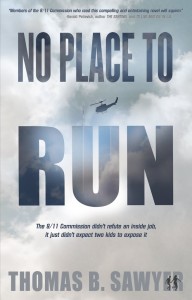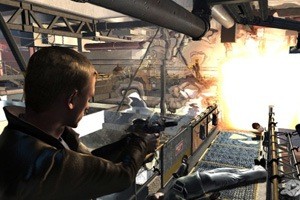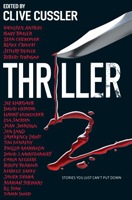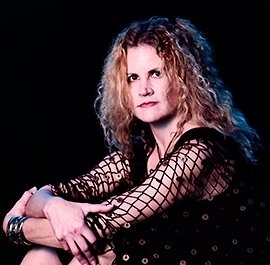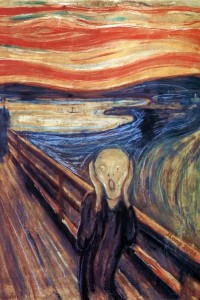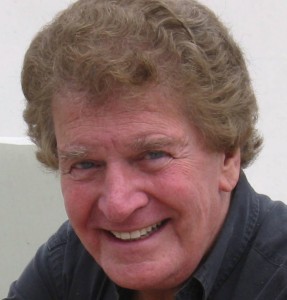 The Kill Zone is pleased to welcome novelist, screenwriter, and playwright Thomas B. Sawyer. Thomas was Head Writer/Show runner of the hit CBS series, Murder, She Wrote, for which he wrote 24 episodes. Tom has written 9 network TV pilots (100 episodes), and was Head Writer/Show runner or Story Editor on 15 network TV series. The best-selling thriller, The Sixteenth Man, was his first novel. Both his book, Fiction Writing Demystified, and Storybase are Writer’s Digest Book Club Selections. His latest thriller is No Place to Run. He has taught writing at UCLA and other colleges and universities. He has been nominated for an Edgar and an Emmy.
The Kill Zone is pleased to welcome novelist, screenwriter, and playwright Thomas B. Sawyer. Thomas was Head Writer/Show runner of the hit CBS series, Murder, She Wrote, for which he wrote 24 episodes. Tom has written 9 network TV pilots (100 episodes), and was Head Writer/Show runner or Story Editor on 15 network TV series. The best-selling thriller, The Sixteenth Man, was his first novel. Both his book, Fiction Writing Demystified, and Storybase are Writer’s Digest Book Club Selections. His latest thriller is No Place to Run. He has taught writing at UCLA and other colleges and universities. He has been nominated for an Edgar and an Emmy.
And how many millions of trees, I asked myself, have given their lives for such conceits?
Work on attribution the way you work on the rest of your writing, with the care you give to your dialogue and your descriptions. Will it make a dramatic difference to your readers? Not likely. Will they even be aware of it? Probably not. Especially on a conscious level. But – will it make a difference to you as a writer? Emphatically, yes. It’ll force you to think. To challenge yourself about stuff from which most narrative writers take the day off. So that all of your writing will become fresher.
It also contributed to some criticism from certain literary types who warned me that as a novelist I could not “write for the camera.” I submit that they are mistaken. The reader is the camera. The reader is seeing the pictures. Imagining the scene.
Think about conventional, by-the-numbers dialogue attribution for a moment. “She said,” does almost nothing to help the reader envision the scene. It says nothing about the body-language of the speaker, or her inflection. Where were her hands? Was her head cocked to one side? Did she, during the speech, touch her face, or the person to whom she spoke? For me, settling for “said” implies that the speaker is delivering lines with arms hanging at his/her side. Again, for me as a reader, a brief description of body-language counts for a helluvva lot more than knowing what the person is wearing, or hair-color, or the texture of sofa-upholstery.
I urge any writer to try it. I think you’ll be pleasantly surprised.
~~~~~~~~~~~~~~~~~~~~
Coming up on our Kill Zone Guest Sundays, watch for blogs from Sandra Brown, Steve Berry, Robert Liparulo, Paul Kemprecos, Linda Fairstein, Julie Kramer, Grant Blackwood, and more.

